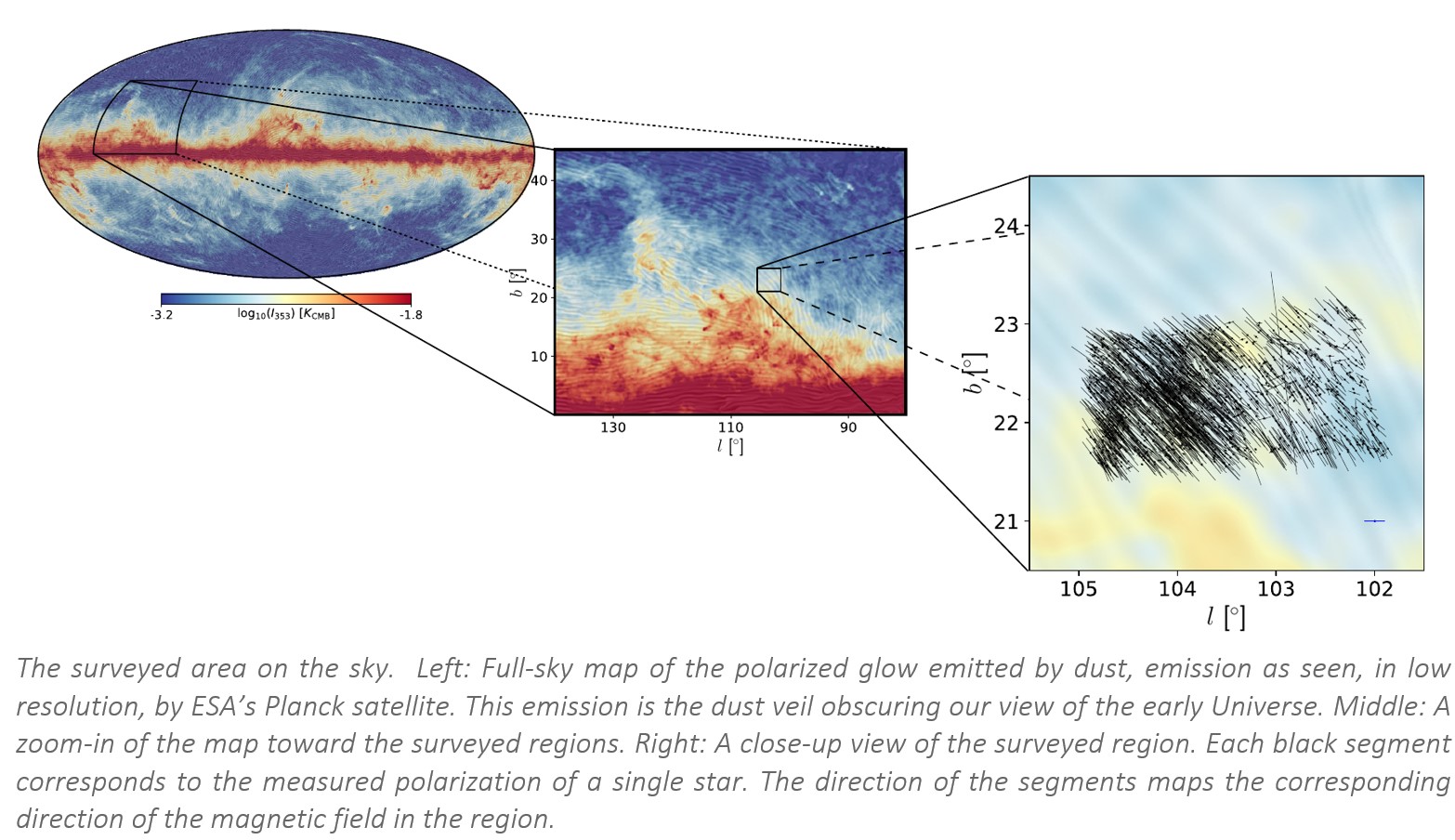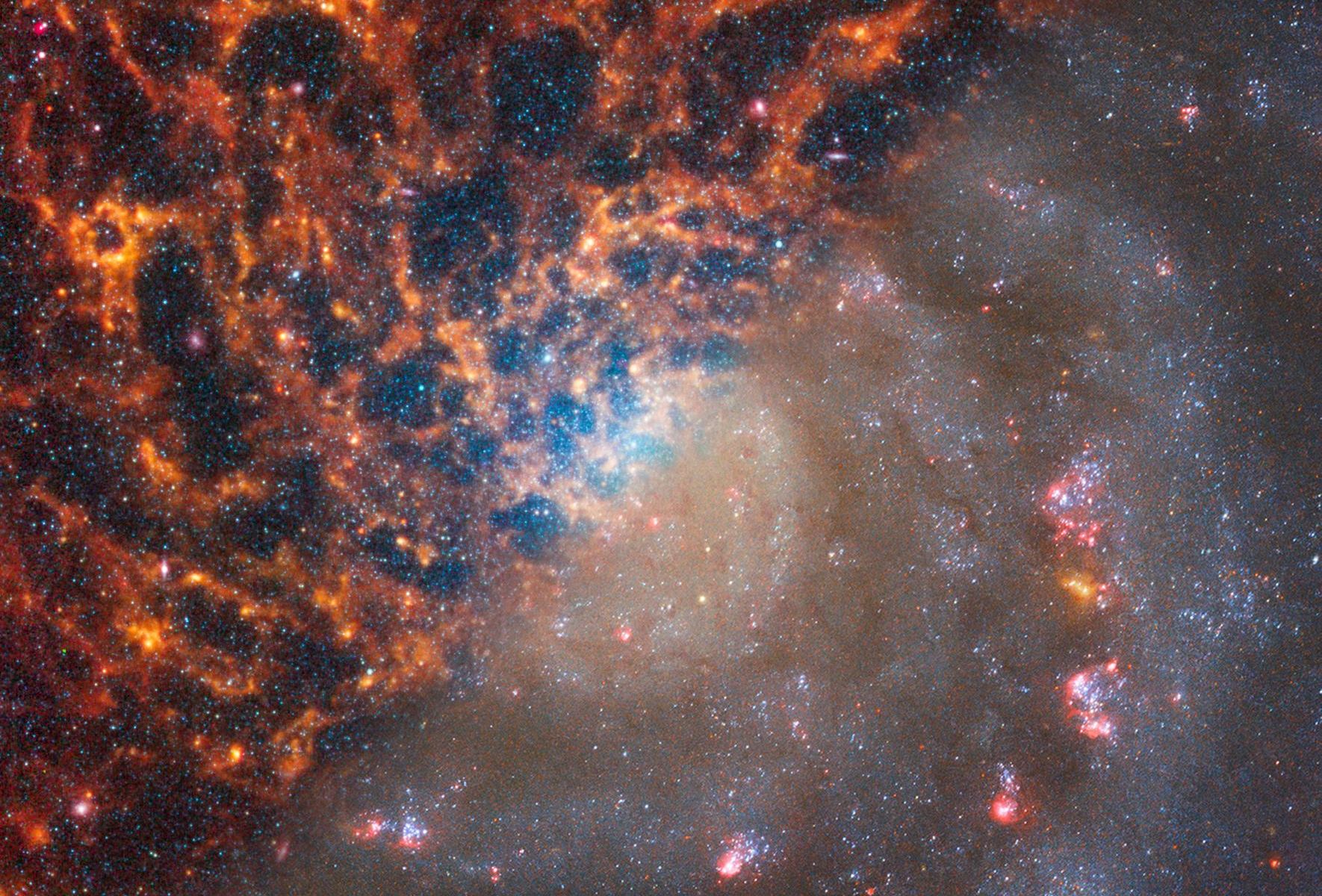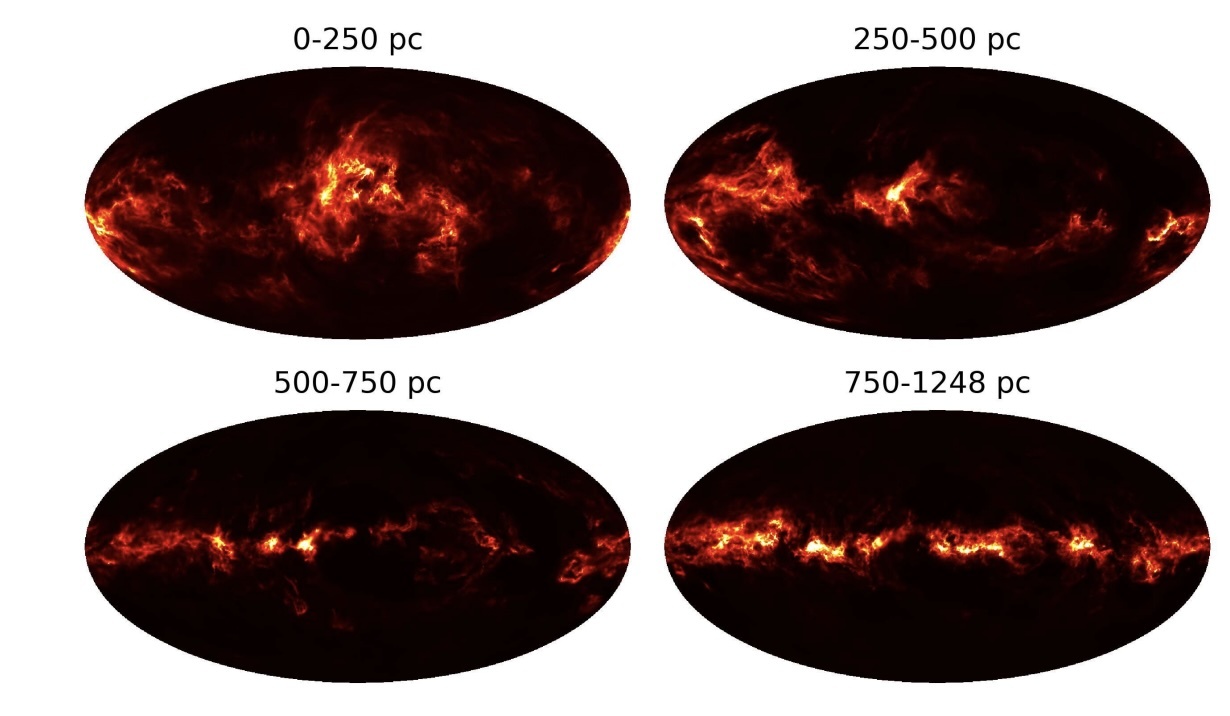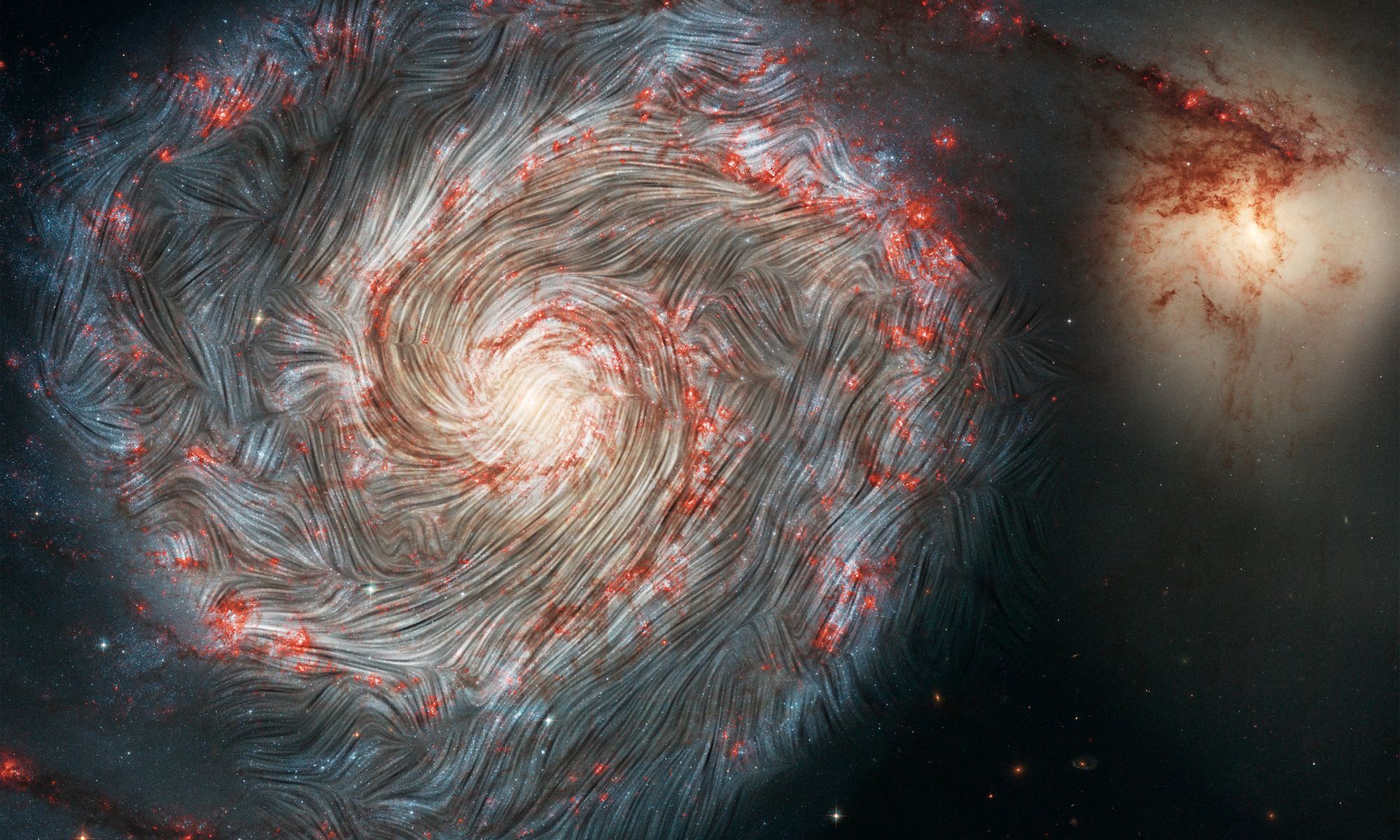We are all very familiar with the concept of the Earth’s magnetic field. It turns out that most objects in space have magnetic fields but it’s quite tricky to measure them. Astronomers have developed an ingenious way to measure the magnetic field of the Milky Way using polarised light from interstellar dust grains that align themselves to the magnetic field lines. A new survey has begun this mapping process and has mapped an area that covers the equivalent of 15 times the full Moon.
Continue reading “Mapping the Milky Way’s Magnetic Field in 3D”The Milky Way’s History is Written in Streams of Stars
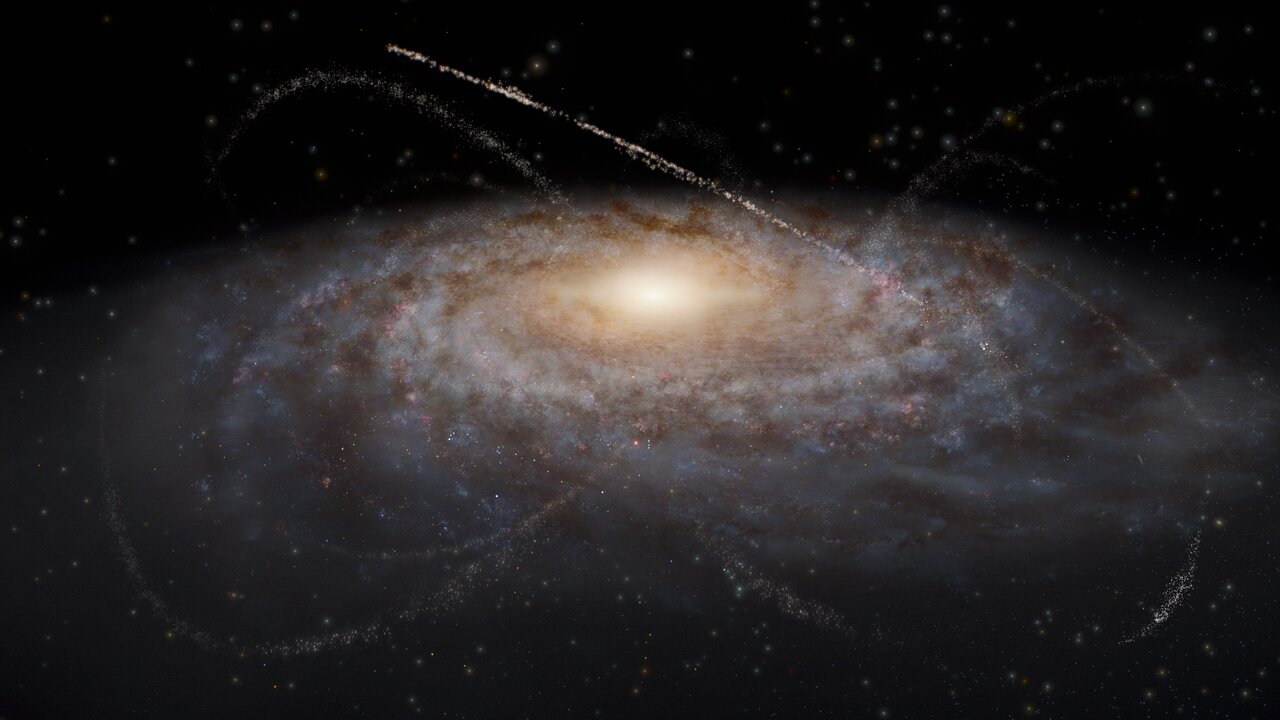
The Milky Way is ancient and massive, a collection of hundreds of billions of stars, some dating back to the Universe’s early days. During its long life, it’s grown to these epic proportions through mergers with other, smaller galaxies. These mergers punctuate our galaxy’s history, and its story is written in the streams of stars left behind as evidence after a merger.
And it’s still happening today.
Continue reading “The Milky Way’s History is Written in Streams of Stars”Roman Will Learn the Ages of Hundreds of Thousands of Stars
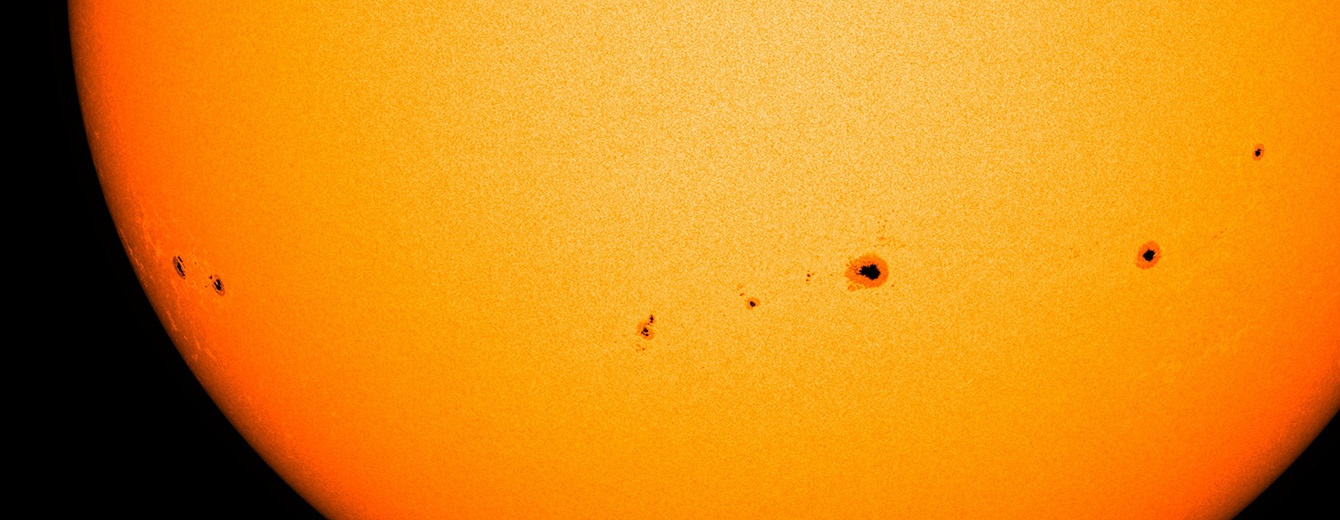
Astronomers routinely provide the ages of the stars they study. But the methods of measuring ages aren’t 100% accurate. Measuring the ages of distant stars is a difficult task.
The Nancy Grace Roman Space Telescope should make some progress.
Continue reading “Roman Will Learn the Ages of Hundreds of Thousands of Stars”The Stellar Demolition Derby in the Centre of the Galaxy
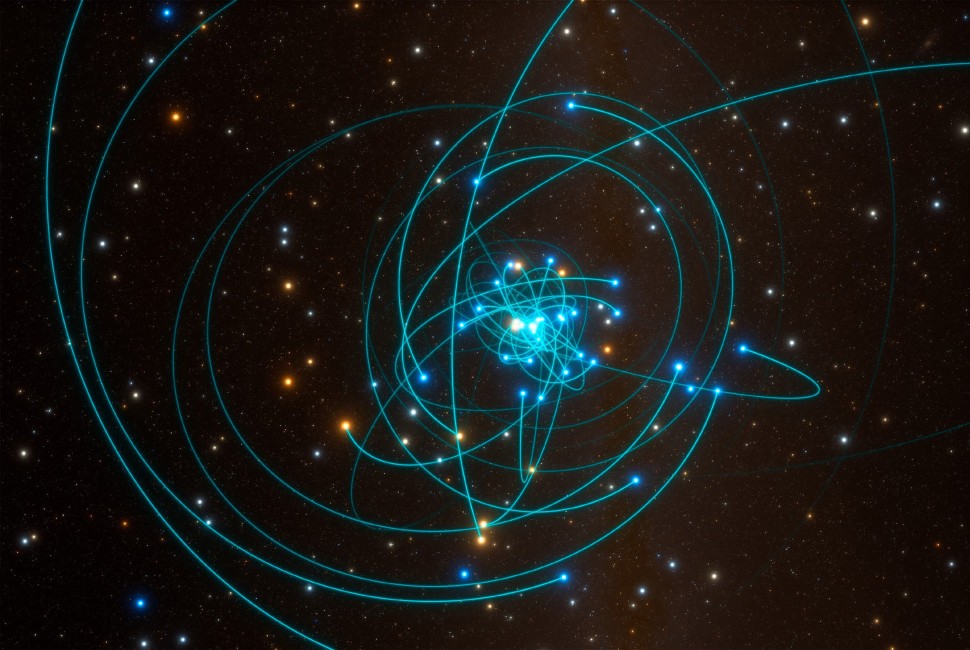
The region near the Milky Way’s centre is dominated by the supermassive black hole that resides there. Sagittarius A*’s overwhelming gravity creates a chaotic region where tightly packed, high-speed stars crash into one another like cars in a demolition derby.
These collisions and glancing blows change the stars forever. Some become strange, stripped-down, low-mass stars, while others gain new life.
Continue reading “The Stellar Demolition Derby in the Centre of the Galaxy”Gaia Finds Ancient Streams of Stars That Formed the Milky Way
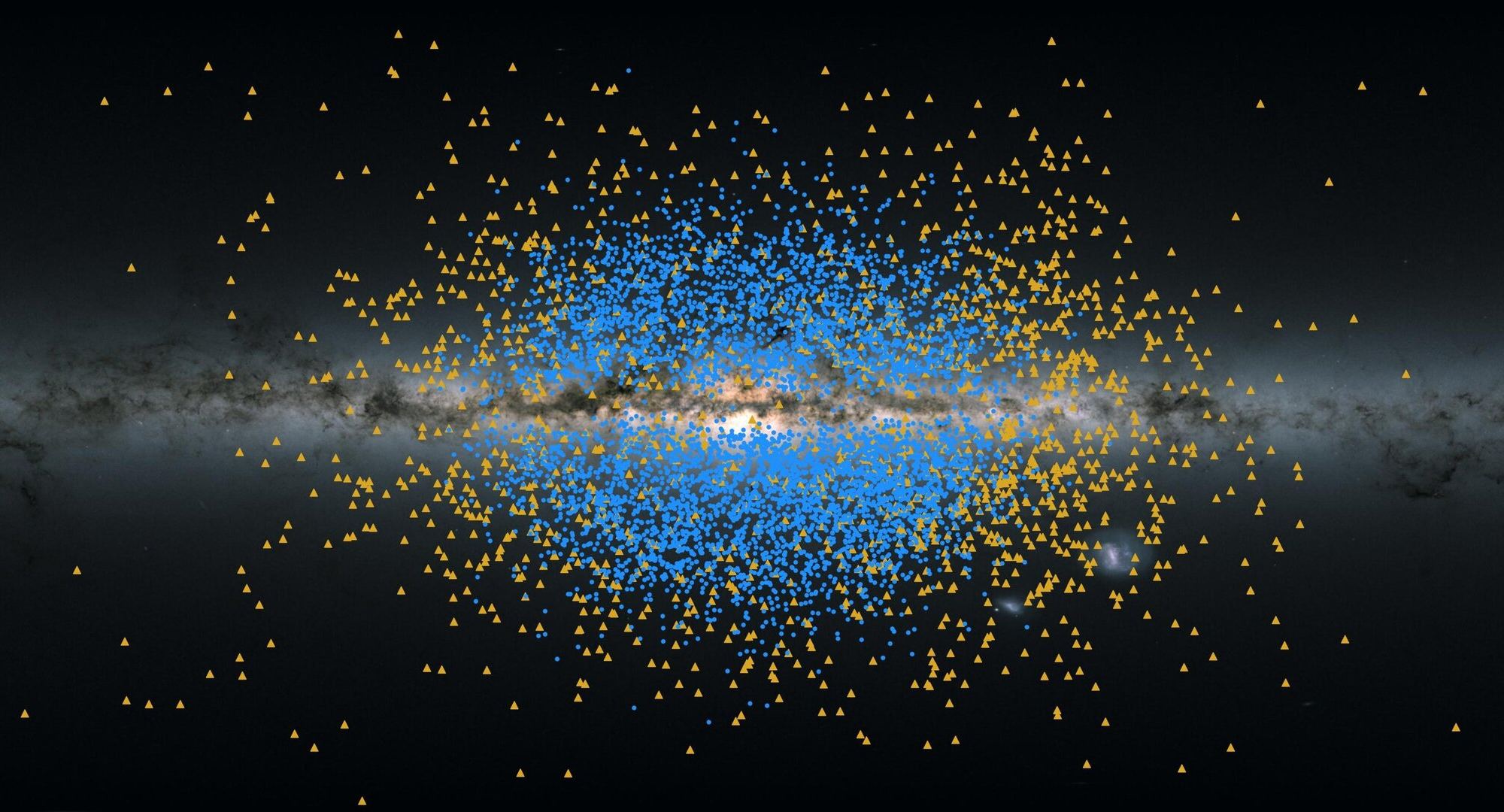
Using ESA’s Gaia spacecraft, astronomers have tracked down two streams of stars that likely formed the foundation of the Milky Way. Named “Shakti and Shiva,” the two streams contain about 10 million stars, all of which are 12 to 13 billion years old and likely came together even before the spiral arms and disk were formed. These star streams are all moving in roughly similar orbits and have similar compositions. Astronomers think they were probably separate galaxies that merged into the Milky Way shortly after the Big Bang.,
Continue reading “Gaia Finds Ancient Streams of Stars That Formed the Milky Way”Nancy Grace Roman will Map the Far Side of the Milky Way
The Galaxy is a collection of stars, planets, gas clouds and to the dismay of astronomers, dust clouds. The dust blocks starlight from penetrating so it’s very difficult to learn about the far side of the Galaxy. Thankfully the upcoming Nancy Grace Roman telescope has infrared capability so it can see through the dust. A systematic survey of the far side of the Milky Way is planned to see what’s there and could discover billions of objects in just a month.
Continue reading “Nancy Grace Roman will Map the Far Side of the Milky Way”Astronomers Build a 3D Map of Dust Within Thousands of Light-Years
If you explore the night sky it won’t be long before you realise there is a lot of dust and gas up there. The interstellar dust between the stars accounts for 1% of the mass of the interstellar medium but reflects 30% of the starlight in infrared wavelengths. The dust plays a key role in the formation of stars and the evolution of the Galaxy. A team of astronomers have attempted to map the dust out to a distance of 3000 light years and have just released the first 3D map of the dust in our Galaxy.
Continue reading “Astronomers Build a 3D Map of Dust Within Thousands of Light-Years”Astronomers Measure the Mass of the Milky Way by Calculating How Hard it is to Escape
If you want to determine your mass, it’s pretty easy. Just step on a scale and look at the number it gives you. That number tells you the gravitational pull of Earth upon you, so if you feel the number is too high, take comfort that Earth just finds you more attractive than others. The same scale could also be used to measure the mass of Earth. If you place a kilogram mass on the scale, the weight it gives is also the weight of Earth in the gravitational field of the kilogram. With a bit of mass, you have the mass of Earth.
Continue reading “Astronomers Measure the Mass of the Milky Way by Calculating How Hard it is to Escape”There’s Less Dark Matter at the Core of the Milky Way
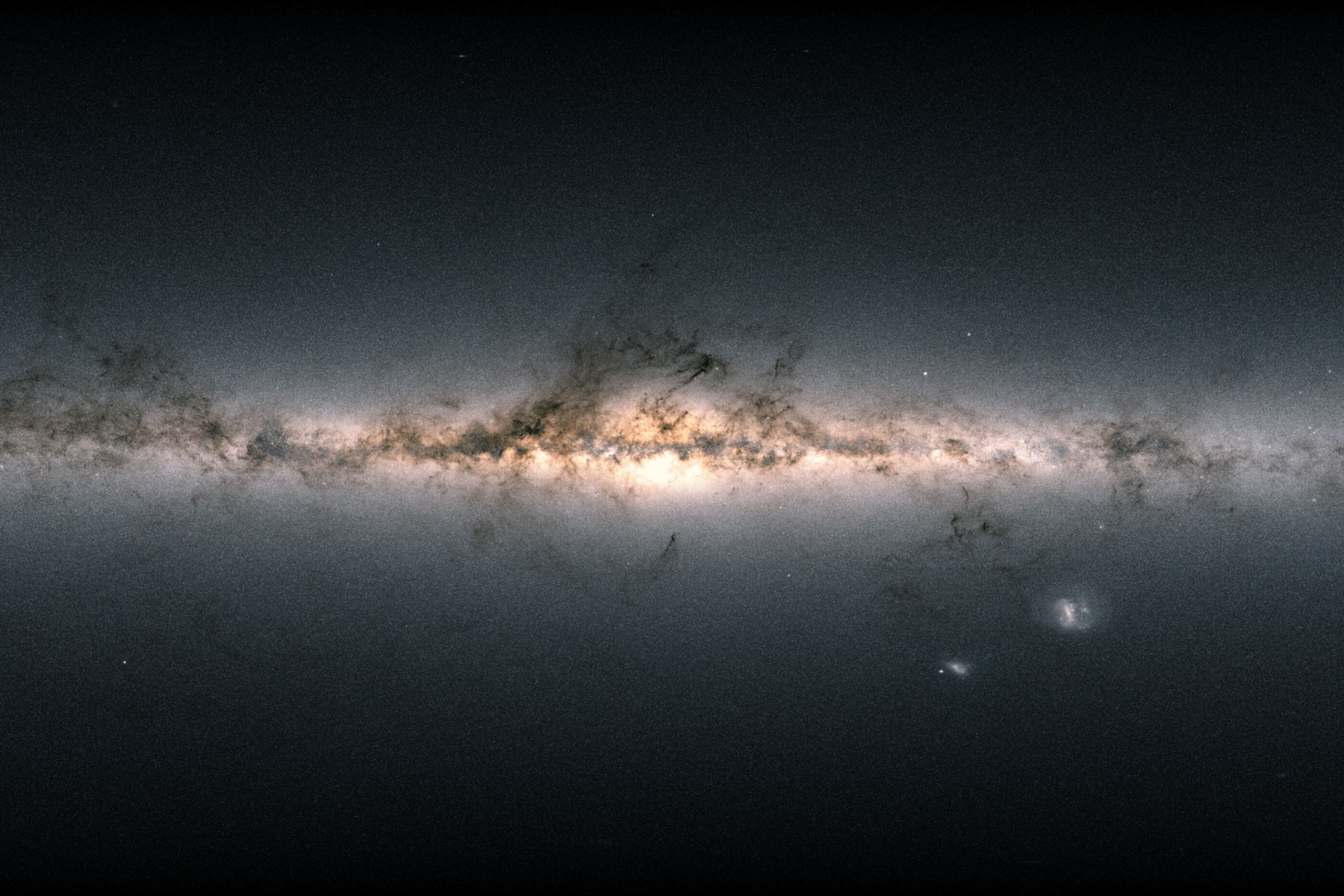
Science really does keep you on your toes. First there was matter and then there were galaxies. Then those galaxies had more stuff in the middle so stars further out were expected to move slowly, then there was dark matter as they actually seemed to move faster but now they seem to be moving slower in our Galaxy so perhaps there is less dark matter than we thought after all!
Continue reading “There’s Less Dark Matter at the Core of the Milky Way”Astronomers Have Mapped the Milky Way's Magnetic Fields in 3D
Our galaxy is filled with magnetic fields. They come not just from stars and planets, but from dusty stellar nurseries and the diffuse hydrogen gas of interstellar space. We’ve long known of this galactic magnetic field, but mapping it in detail has posed a challenge. Now a new study gives us a detailed 3-dimensional map of these fields, with a few surprises.
Continue reading “Astronomers Have Mapped the Milky Way's Magnetic Fields in 3D”
